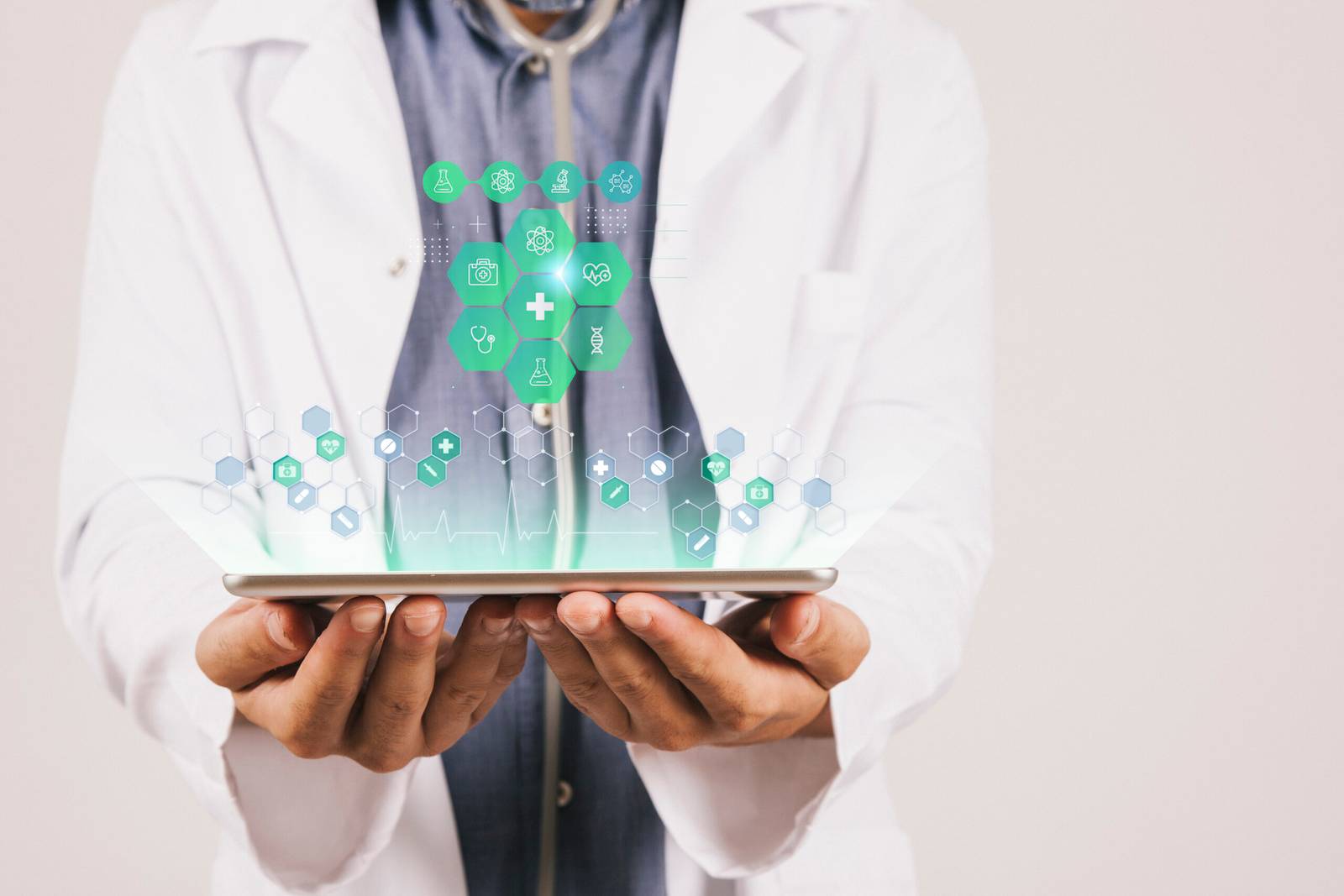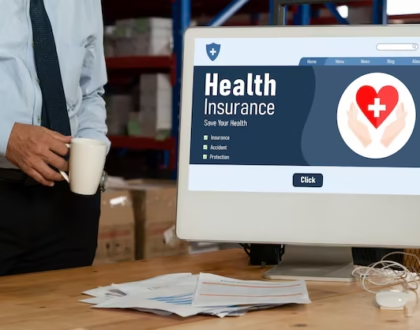Health Tech Advancements: Telemedicine to Wearables

by Web Digital
The field of healthcare has been undergoing a profound transformation, driven by rapid advancements in technology. From the convenience of telemedicine to the insights provided by wearable health monitors, healthcare tech is revolutionizing the way we access medical services, monitor our health, and make informed decisions about our well-being. In this article, we will explore the exciting world of healthcare technology, shedding light on some of the most impactful advancements that are reshaping the healthcare landscape.
The Role of Technology in Healthcare
Technology has always played a significant role in healthcare, but recent breakthroughs are pushing the boundaries of what’s possible. These advancements are driven by a combination of factors, including the exponential growth of computational power, the proliferation of mobile devices, and the increasing availability of healthcare data. As a result, healthcare tech is no longer confined to the confines of hospitals and clinics; it’s becoming more accessible, personalized, and integrated into our daily lives.
Advancements in Healthcare Tech
Telemedicine and Telehealth:
Telemedicine has emerged as a game-changer in healthcare, especially in the wake of the COVID-19 pandemic. It allows patients to consult with healthcare professionals remotely via video calls, phone calls, or text messages. This technology has not only improved access to medical care, especially in rural or underserved areas, but it has also reduced the risk of disease transmission by minimizing in-person visits to healthcare facilities.
Telehealth encompasses a broader spectrum of services, including remote monitoring of patient’s vital signs and the use of wearable devices to collect health data. It also extends to virtual rehabilitation and mental health counselling. As telemedicine and telehealth continue to evolve, they promise to make healthcare more convenient, efficient, and patient-centric.
Wearable Health Monitors:
Wearable health monitors, such as fitness trackers and smartwatches, have become ubiquitous in recent years. These devices can track a range of health metrics, including heart rate, sleep patterns, activity levels, and even blood oxygen saturation. They provide users with real-time data about their health and fitness, empowering them to take a more proactive approach to well-being.
Additionally, wearable monitors are being integrated with medical-grade sensors to monitor specific conditions like diabetes, epilepsy, and chronic heart diseases. The data collected can be shared with healthcare providers for better disease management and early intervention.
Artificial Intelligence (AI) and Machine Learning:
AI and machine learning are revolutionizing healthcare by enhancing diagnostic accuracy and treatment decision-making. Machine learning algorithms can analyze vast datasets, including medical images and patient records, to identify patterns and predict disease outcomes. This can lead to earlier disease detection and more tailored treatment plans.
Radiology is one of the fields benefiting significantly from AI. Machine learning models can assist radiologists in interpreting medical images, such as X-rays and MRI scans, by highlighting abnormalities and providing diagnostic recommendations. In addition to diagnostics, AI is being used for drug discovery, patient risk assessment, and personalized treatment plans.
Genomic Medicine:
Genomic medicine leverages our understanding of the human genome to provide personalized healthcare. Advances in DNA sequencing technology have made it more affordable and accessible to sequence an individual’s entire genome or specific genetic markers. This genetic information can help predict disease risks, guide treatment choices, and identify potential drug interactions.
Genomic medicine is particularly promising in the field of cancer treatment. Targeted therapies, based on a patient’s genetic profile, are improving treatment outcomes and reducing the side effects of chemotherapy.
3D Printing:
3D printing technology is making waves in healthcare by enabling the creation of custom-made medical devices, prosthetics, and even human tissues and organs. Custom implants and prosthetics can be designed to perfectly fit a patient’s unique anatomy, improving comfort and functionality.
Bioprinting, a subset of 3D printing, holds the potential to revolutionize organ transplantation by creating functional organs from a patient’s own cells. While this technology is still in its infancy, it offers hope for addressing the shortage of donor organs in the future.
Health Information Exchange (HIE):
Health information exchange platforms facilitate the sharing of patient data among healthcare providers, ensuring that medical records are accessible and up-to-date. This not only improves the continuity of care but also reduces medical errors and duplication of tests.
HIE platforms also play a crucial role in public health surveillance, enabling the monitoring of disease outbreaks and the tracking of vaccination rates. The COVID-19 pandemic highlighted the importance of rapid data sharing for effective disease control.
Robotics in Healthcare:
Robotics is transforming various aspects of healthcare, from surgical procedures to patient care. Surgical robots, for example, can assist surgeons with precision and dexterity, leading to less invasive procedures and shorter recovery times for patients. Robots are also being used for tasks such as medication dispensing, physical therapy, and even companionship for the elderly.
Blockchain in Healthcare:
Blockchain technology is being employed to secure and streamline healthcare data management. It ensures the integrity and privacy of medical records, allowing patients to have more control over their health data. Additionally, blockchain can help with the traceability of pharmaceuticals, reducing the risk of counterfeit medications entering the supply chain.
Benefits of Healthcare Technology Advancements
The advancements in healthcare technology offer a wide array of benefits:
Improved Access: Telemedicine and wearable health monitors make healthcare services more accessible, especially in remote or underserved areas.
Early Detection: AI-driven diagnostics and genomic medicine enable earlier disease detection, leading to better treatment outcomes and lower healthcare costs.
Personalized Medicine: Genomic medicine and AI-driven treatment plans enable personalized healthcare tailored to an individual’s genetic makeup and health history.
Data-Driven Decisions: Healthcare providers can make more informed decisions by leveraging data analytics and AI-driven insights.
Efficiency and Cost Reduction: Automation and technology-driven processes enhance the efficiency of healthcare delivery, reducing administrative costs and improving patient outcomes.
Patient Empowerment: Wearable health monitors empower individuals to actively monitor and manage their health, promoting a proactive approach to well-being.
Enhanced Patient-Provider Communication: Telemedicine facilitates easier communication between patients and healthcare providers, leading to better care coordination and patient engagement.
Recommended Posts

Healthcare Marketing in Whitby: Building Trust Online
December 3, 2024

Oakville’s Wellness Scene: Yoga, Fitness, and Spa Retreats
October 16, 2024

Healthy Living in Oakville: Tips for a Balanced Lifestyle
October 16, 2024
